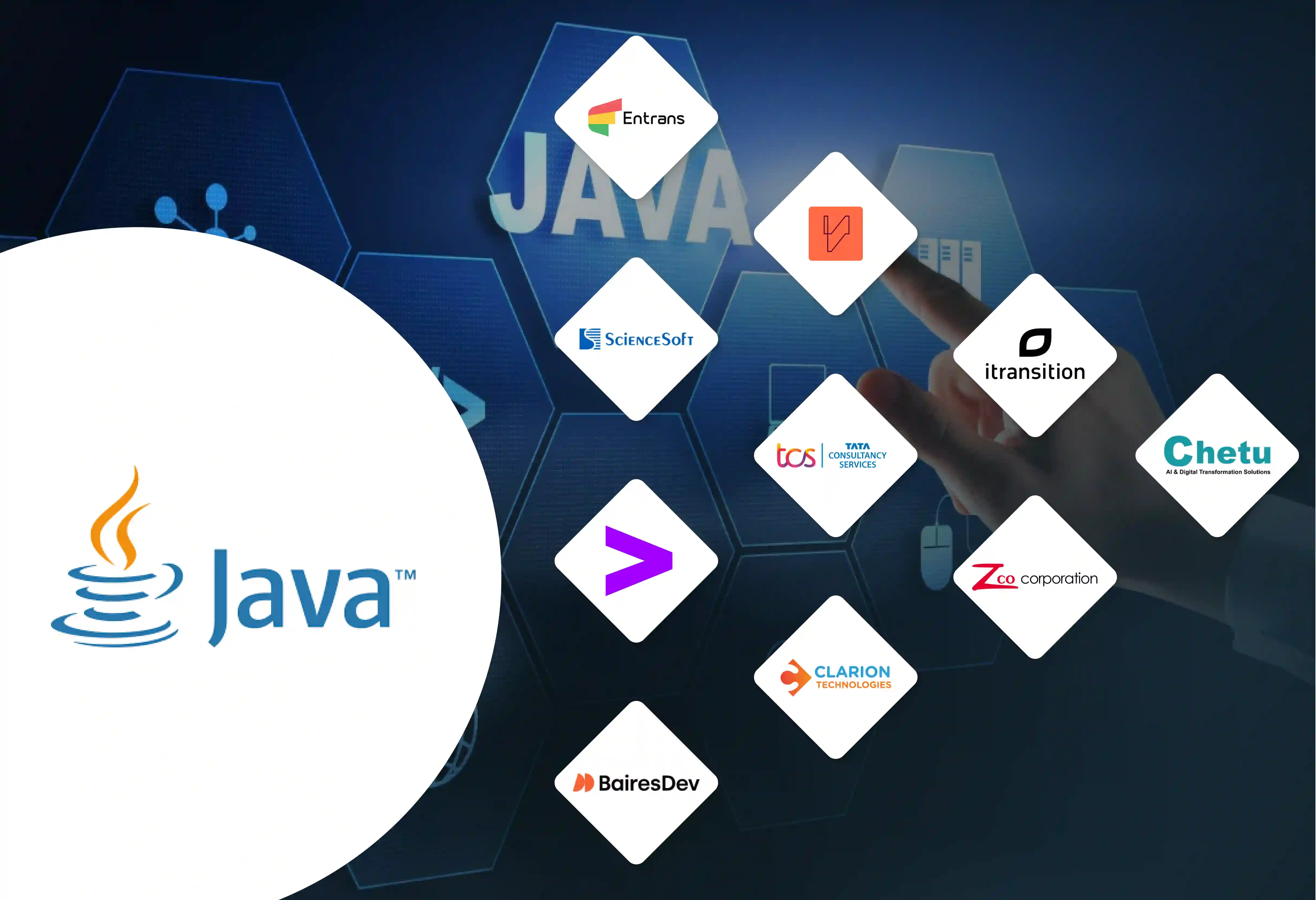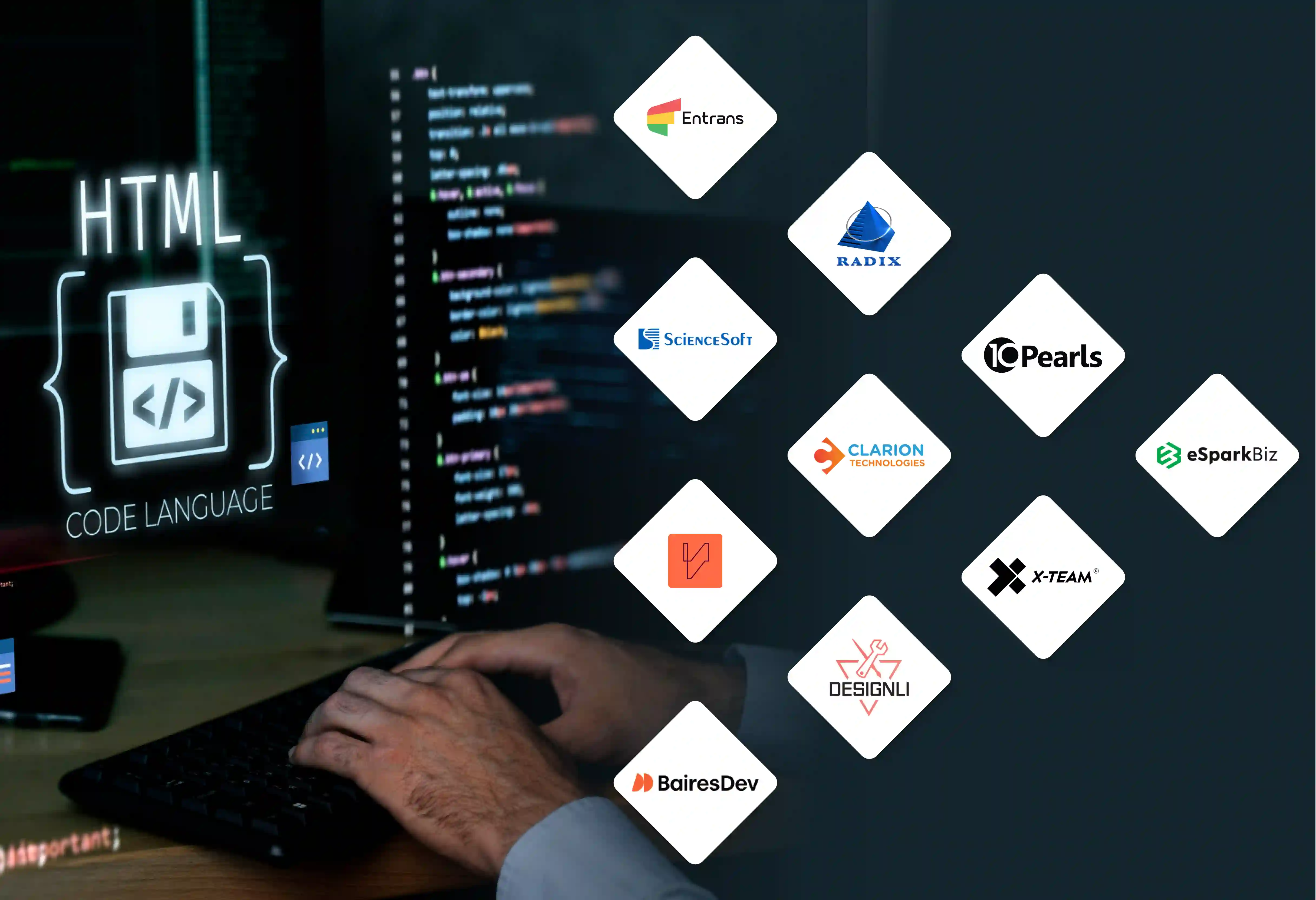Considering a move towards cloud-based solutions? Your database should also be shifted to the cloud. Oracle is a trusted database that has been used for years. Still, with its high yearly licensing costs, rising maintenance costs, and decreased flexibility, people are moving to databases that can save them money.
One such database is PostgreSQL (often referred to as Postgres), which offers cloud-native architecture, flexibility, and cost savings without compromising quality.
This blog will enlighten your mind on why companies are moving towards Postgres and the essential steps needed to carry out a successful Oracle to Postgres migration.
Why Migrate from Oracle to Postgres?
Oracle is a Relational Database Management System (RDBMS) that is used to store, manage, and retrieve data efficiently. It uses its procedural language, known as PL/SQL, to write scripts. Although Oracle has been widely adopted in various fields, including healthcare, telecom, Banking and finance, retail, and others, its high licensing and support fees, dependency on Oracle tools, along with a steep learning curve for beginners, make it challenging for businesses.
Migrating from Oracle to PostgreSQL could be the answer to these challenges. Below is a key comparison of Oracle and PostgreSQL databases, providing a clear picture of why an Oracle to PostgreSQL migration is needed.
- No Licensing fees: PostgreSQL is an open-source database licensed under the PostgreSQL License, which incurs zero licensing fees. In contrast, Oracle requires core-based licensing and imposes additional charges for features such as partitioning.
- Vendor Lock-In: Oracle often locks us in its own PL/SQL code and Oracle-specific data types, but Postgres supports standard interfaces and ANSI SQL compliance.
- Flexibility and Customizability: Postgres’s active community ensures free updates, making it more flexible. Postgres allows users to customize their own data types and custom functions. The Oracle database cannot be customized according to the users due to license tiers.
- Low-cost data Security: Although Oracle offers advanced data security tools, we need to buy them separately and add them as add-ons, which increases the maintenance cost. Meanwhile, Postgres has free security features such as host-based authentication, LDAP, and PAM. It uses role-based Access control, which helps manage user permissions easily, thereby reducing the cost for the users.
- Cloud-native: PostgreSQL works well with all modern cloud environments, such as AWS and Google Cloud, and can be easily integrated with CI/CD pipelines. Oracle is also cloud-capable but brings along the complexities and vendor-specific cloud services.
- Compatibility: PostgreSQL supports a larger group of APIs compared to Oracle, making it more compatible with many add-ons, SQL environments, and applications.
In simpler terms, Oracle remains a powerful RDBMS. However, if your organization is looking to reduce its hardware costs, consider adopting open-source first strategies, embracing cloud-native architectures, and avoiding vendor lock-in, then migrating to PostgreSQL could enhance business growth.
Things to Consider Before Migrating from Oracle to Postgres
Many organizations are making the strategic move to migrate Oracle to Postgres due to its expensive licensing and vendor Lock-in features. When migrating from Oracle to Postgres, several factors and challenges are to be considered, which are
- Schema and Data types conversion: Mapping database schemas, including tables, views, indexes, and constraints, is important to prevent data loss. Both Oracle and PostgreSQL have differences in their data type syntax. For example, Oracle’s NUMBER datatype may get mapped to either NUMERIC, INTEGER, or BIGINT in Postgres, and Postgres separates DATE and TIMESTAMP; those need to be corrected manually. Create a mapping list to track how each data type in Oracle should be mapped in Postgres. Converting Oracle-specific features, like BLOB, CLOB, and LONG datatypes, migration requires careful planning.
- Stored procedures and functions: Oracle uses PL/SQL, and it is not compatible with PostgreSQL‘s PL/pgSQL; its syntax and structures of stored procedures differ in PostgreSQL. We need to rewrite these parts manually according to Postgres.
- Selecting the migration tool: Several migration tools are available, such as Ora2pg, SQLines, pgLoader, and AWS Database Migration Service (DMS). Ora2Pg is a free tool for migrating data from Oracle to PostgreSQL. It connects to Oracle DB, extracts the data, and generates SQL scripts that can be imported into Postgres DB. SQLines translates SQL code across the databases, and pgLoader handles the data migrations. Choose the migration tool based on database size, downtime tolerance, and real-time needs accordingly.
- Performance tuning and query optimization: After the Oracle to Postgres migration, there will be some performance degradation in some of the queries due to the changes and incompatibility in the indexes. Carefully look into the SQL queries and tune them accordingly so that their performance is not affected.
- Mapping access and its permissions: Analyze the existing users, roles, and their privileges in the Oracle database. Using Postgres Role-based Access Control (RBAC), Row-level Security (RLS), and other authentication features, make sure to replicate the users’ access and be aligned with Oracle’s security policies.
- Minimizing the downtime: As Oracle can handle large volumes of data, migrating it requires a significant amount of downtime and might affect the business. Ensure that the business operations are monitored 24/7. Utilizing tools like AWS Database Migration Service (DMS) for replication can minimize downtime.
How to Migrate from Oracle to Postgres (Step-by-Step)
A well-planned migration from Oracle to PostgreSQL database can help us achieve better results in terms of performance and scalability. Here are the steps that are needed for a successful migration
- Audit and analyze existing environment: Perform an audit on the Oracle database and collect the details about schemas, objects, tables, data types, Oracle-specific features, stored procedures, functions, and application dependencies. Be clear in the migration objectives on what needs to be migrated and whether it is required in the Postgres database or not. This step will help us identify potential risks and complexities involved in the Oracle to Postgres migration.
- Strategize the migration plan: Define whether migration is going to be carried out in phases or in a single move. This plan should specify the order of tasks that need to be carried out first. It should also include a plan for unforeseen issues.
- Set up Postgres environment: Install Postgres on-premises, cloud, or managed like AWS RDS, Azure, or GCP. Create users, roles, and configure them.
- Tool selection: Several tools are available, like Ora2pg, Oracle Foreign Data Wrapper(oracle-fdw), pgLoader, and DBConvert. Mostly, Ora2Pg is widely used because it is an open-source solution and it converts Oracle data to a Postgres-compatible format.
- Schema conversion: Now we need to convert Oracle-specific objects to Postgres-compatible versions. This involves addressing incompatible data types, storage formats, and Oracle features.
- Export data from Oracle: Data can be exported from Oracle DB using three methods, either through automated tools like Ora2Pg or the manual method. First, through automated tools, Ora2Pg converts Oracle DDL statements to PostgreSQL’s equivalent format. It translates the data types and converts sequences, indexes, constraints, triggers, and views. Almost 70% of the data gets converted, and the remaining things need to be done manually. Another manual method is using Foreign Data Wrapper (oracle_fdw), which connects to Oracle from Postgres and loads the data through it. One more manual method is to export data from Oracle in CSV files.
- Import data into Postgres: Once the data (objects, tables) is exported, load it into PostgreSQL using the COPY command, even if you are using Ora2Pg.
- Application code Migration: Since Postgres does not have PL/SQL, stored procedures and functions should be rewritten in PL/pgSQL. Adjust SQL queries to conform to PostgreSQL syntax. Verify that data integrity is maintained by cross-checking the number of tables, NULL values, row counts, and their constraints.
- Test and validate the migration: Testing is essential to identify any migration-related issues before going live. Set up a separate test environment and test the data migration process. We should check the consistency of the transferred data and verify that the migrated data behaves in the same way as it did in the Oracle database. Do functional testing, performance testing, and regression testing to ensure that there are no data losses.
What to Do After You Migrate from Oracle to Postgres
Once the Oracle to Postgres data migration is complete, certain tasks and issues need to be addressed. They are as follows.
- Monitoring the database: Continuous monitoring of the new PostgreSQL environment is needed. Check for error logs and tune the Postgres according to workload requirements. Update the applications and systems to connect to the newly configured PostgreSQL database by modifying the connection strings, updating configuration files, or rewriting SQL queries.
- Re-evaluate performance: Queries performed well in Oracle DB might not work as efficiently in Postgres. This might be due to differences in query execution plan and indexing strategies.
- Data backup: Postgres provides several backup mechanisms, including physical backups and continuous archiving. Ensure to take a backup of the working Postgres database.
- Documentation: Wrap up the migration with a well-planned documentation. Mention SQL and coding standards for Postgres clearly and concisely. Update your support team with Postgres training and knowledge sharing sessions.
- Decommissioning Oracle: Once testing and data sync are completed, ensure that stability and performance are achieved. Uninstall the old Oracle database and make sure to remove all dependencies.
Why choose Entrans for your Oracle to Postgres Migration
Though Oracle is solid, the future now belongs to Postgres. Migrating is not just copying data to another database; it is about performance tuning and application-level changes. Oracle to Postgres migration is a complex process that demands substantial investment in skilled personnel and dedicated development time, and Entrans provides all of that.
By meticulously planning, perfect execution, and optimizing each phase, Entrans unlocks the full potential of the Postgres database, thereby giving a strong foundation for future growth. Hiring a team of migration experts like the team from Entrans takes away the risks that come along with it; we optimize your data integration seamlessly. Talk to Entrans about your Oracle to Postgres Migration.









